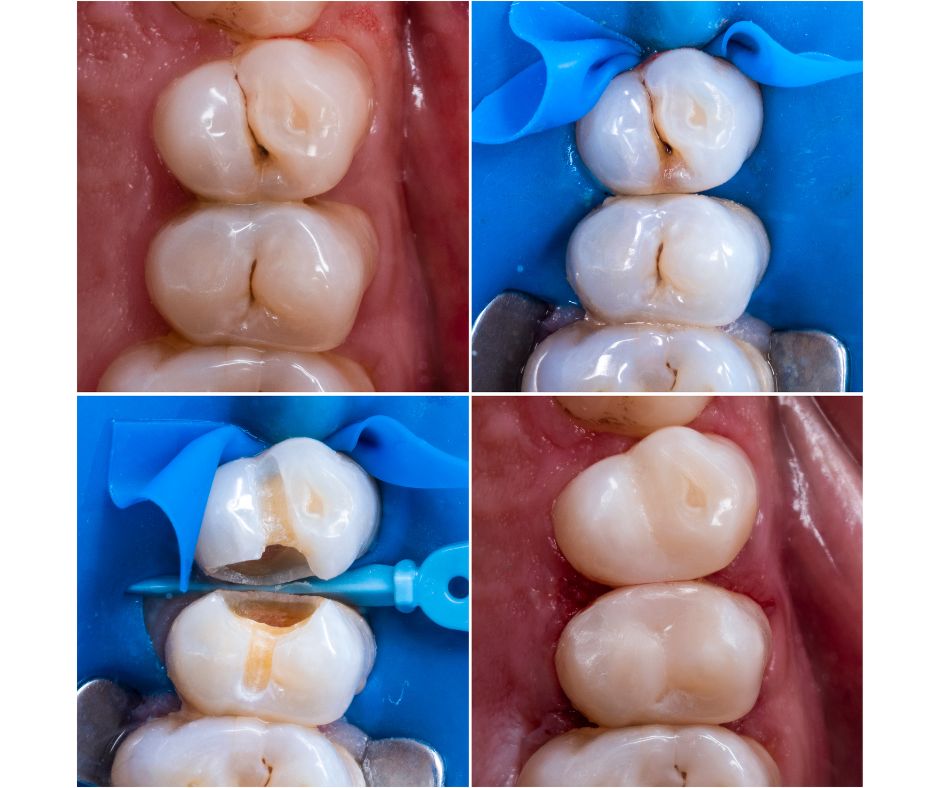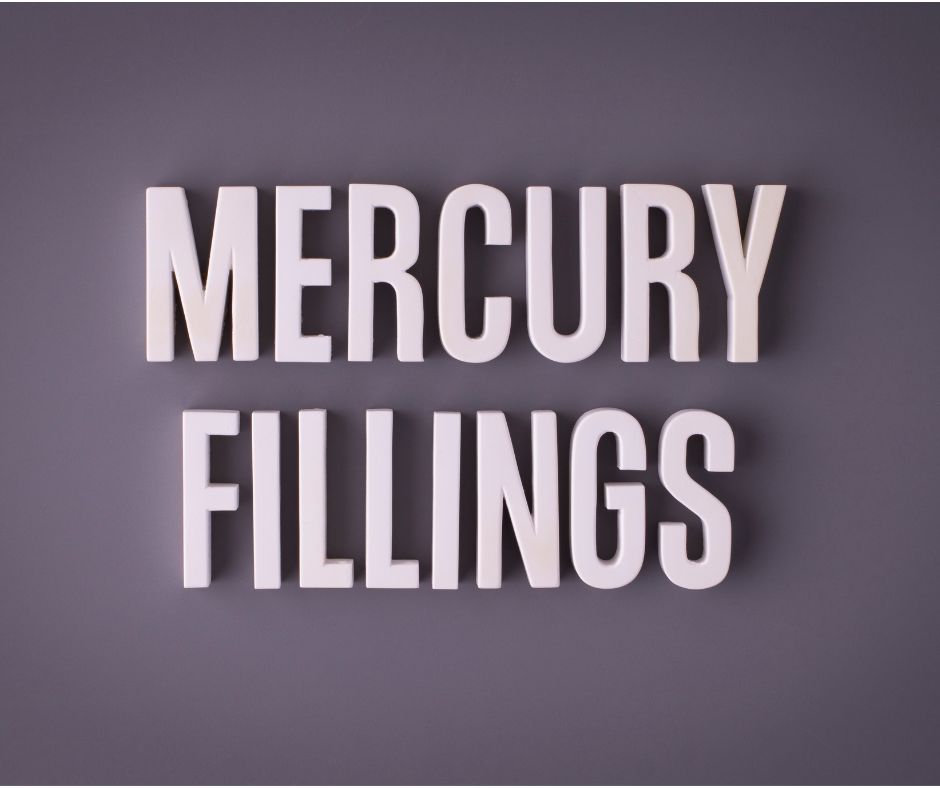Dental fillings are a common treatment for cavities, and there are two main types of fillings used today: composite resin and amalgam. Both have their advantages and disadvantages, and it’s important to understand the difference between the two to make an informed decision when it comes to restoring your teeth.
Composite resin fillings are made of a mixture of plastic and fine glass particles that are matched to the color of your teeth. They are applied in layers, cured with a special light, and then shaped and polished to match the appearance of your natural tooth. One of the biggest advantages of composite resin fillings is that they blend in with the surrounding tooth structure and are virtually invisible, making them a popular choice for front teeth where appearance is a priority.
Another advantage of composite resin fillings is that they bond directly to the tooth structure, which helps to strengthen the tooth and prevent breakage. They can also be used in a more versatile and conservative way over amalgam fillings.

However, composite resin fillings do have some disadvantages. They are more expensive than amalgam fillings and the process of placing them is longer and more involved, as they require a series of layers to be applied and cured. They also have a shorter lifespan than amalgam fillings and may need to be replaced more frequently, although advances in composite resin materials have improved their durability in recent years.
Amalgam fillings, on the other hand, are made of a mixture of metals including mercury, silver, tin, and copper. They have been used for over 150 years and are still a popular choice for dental fillings today. One of the biggest advantages of amalgam fillings is that they are durable and long-lasting, often lasting for over a decade before needing to be replaced.
Another advantage of amalgam fillings is that they are less expensive than composite resin fillings, making them a more affordable option for those on a budget. Additionally, the process of placing amalgam fillings is quicker and less involved than composite resin fillings, as the material is simply packed into the cavity and then shaped and polished.
However, amalgam fillings do have some disadvantages. One of the biggest concerns about amalgam fillings is the mercury content, as mercury is a toxic substance. Although the levels of mercury released from amalgam fillings are considered safe by organizations such as the World Health Organization and the American Dental Association, some people are still concerned about the potential health risks associated with long-term exposure to mercury.

Another disadvantage of amalgam fillings is that they are silver in color and can be noticeable when you smile or open your mouth. This can be a concern for those who are self-conscious about their appearance, especially if the filling is in a visible part of the mouth.
In conclusion, both composite resin and amalgam fillings have their advantages and disadvantages. Composite resin fillings offer a more aesthetically pleasing option, as they blend in with the surrounding tooth structure and are virtually invisible. However, they are more expensive and have a shorter lifespan than amalgam fillings. Amalgam fillings, on the other hand, are durable and long-lasting, and less expensive than composite resin fillings. However, they contain mercury and are noticeable when you smile or open your mouth.
When deciding between composite resin and amalgam fillings, it’s important to consider your budget, the location of the filling, and your personal preferences and concerns. Your dentist can help you weigh the pros and cons and make the best decision for your needs. Ultimately, the goal is to restore your teeth to full function and health,






